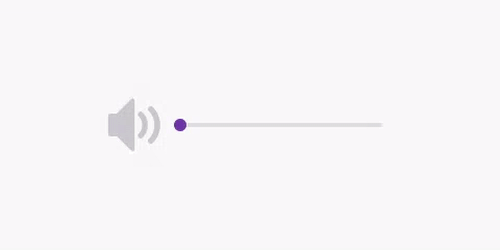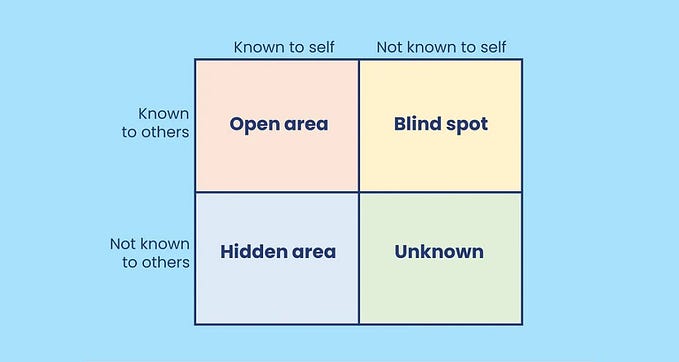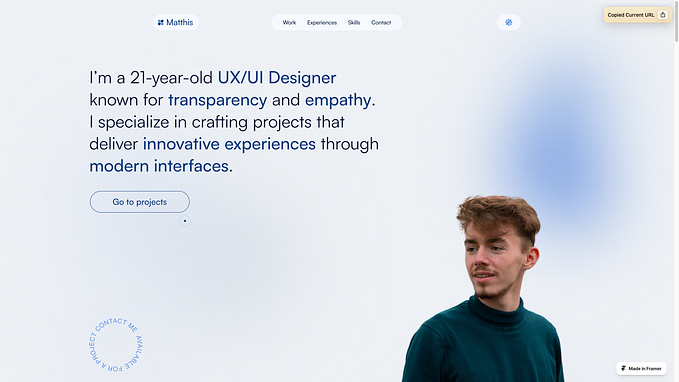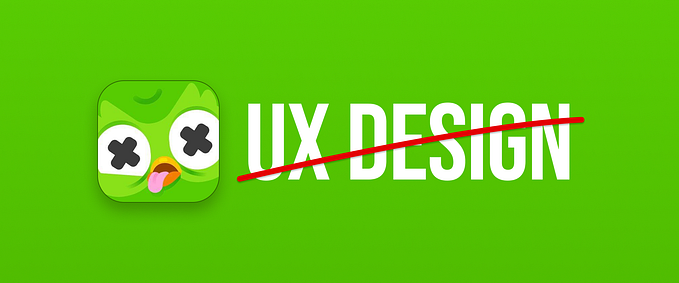20 things I learned by reading about UX this year
Or “the beauty of publishing and curating more than 500 UX articles in a year”.

Here’s what I learned:
- That I was not the only one to question the iOS10 lock screen experience.
- That designing for VR should not mean transferring 2D practices to 3D, but finding new paradigms.
- That delightful details lose their charm over time; delight has a shelf life, and even the most delightful details can start feeling stale after a while.
- That Netflix does a lot of A/B testing, from movie posters, to interface design, to its recommendation algorithm.
- That code is just a medium to create and deliver great user experiences (a statement that, coming from a developer, makes it much more interesting).
- That using an arrow to tell users to scroll a web page is like using “click here” on a button that doesn’t look like one.
- That there’s a lot digital products and services can do to avoid wasting natural resources.
- That in Conversational Design, the UI stands in for the user and speaks for them; it becomes part of their digital body language.
- To keep an eye whether Dribbble shots are really trying to solve a user’s problems, or are just eye candy.
- To avoid ambiguous questions like “Are you sure?” when designing confirmation screens.
- That simple, exposed navigation can be way more effective than hamburger icons.
- That in general, forms are usually more usable when placeholder text is omitted on click.
- That in the near future, Design will be less about delivering on a user’s request, and more about responding to the needs they haven’t expressed yet.
- That the most fundamental flaw that disqualifies design portfolios is the fact they don’t present the problem that was solved and the decisions taken to reach the solution.
- That the human brain can identify images in as little as 13 milliseconds.
- That 82% of designers believe the tools they use shape them. In reality, tools shape designers and how they work as much as designers push and shape tools — it’s not one way or the other.
- That Slack’s design is not secret sauce.
- That in some cases, adding icons to your design can add visual complexity without necessarily improving readability or breaking up sections.
- That if we narrowly look at background when hiring for a UX position, we may miss out on some great thinkers in UX.
- That the wide variety of ambiguous designer job titles reflects not only the wide variety of skills we can possess, but also that ever-present insecurity many designers and creatives feel.
Thanks to all the authors from uxdesign.cc for these insights. See you all next year :)





